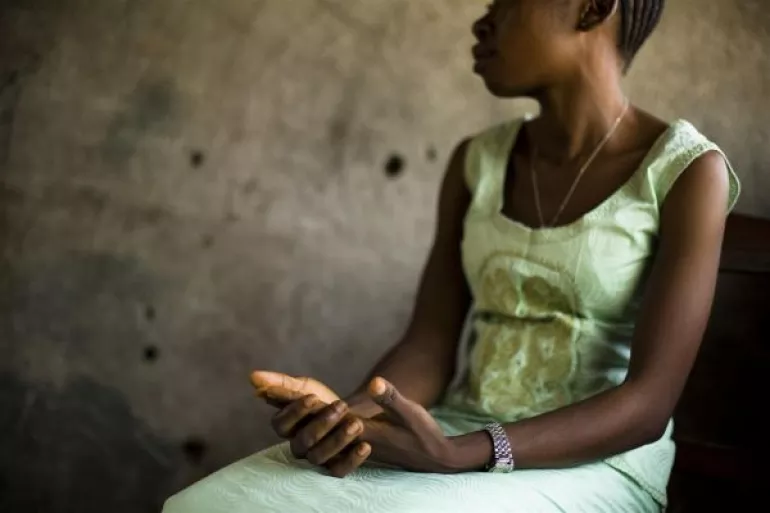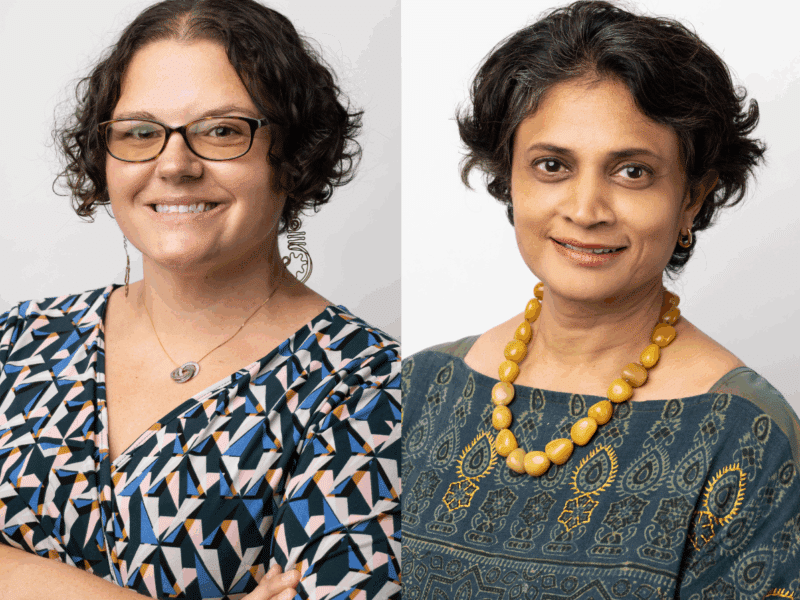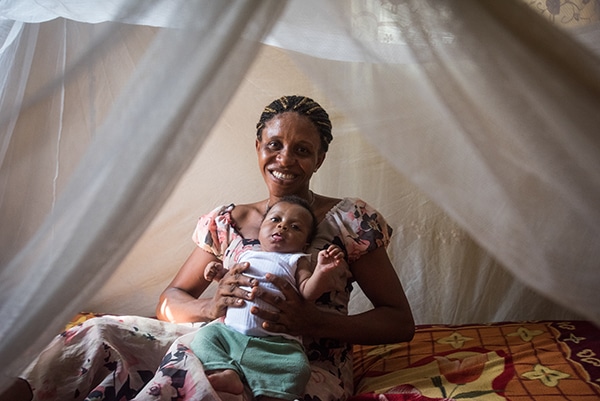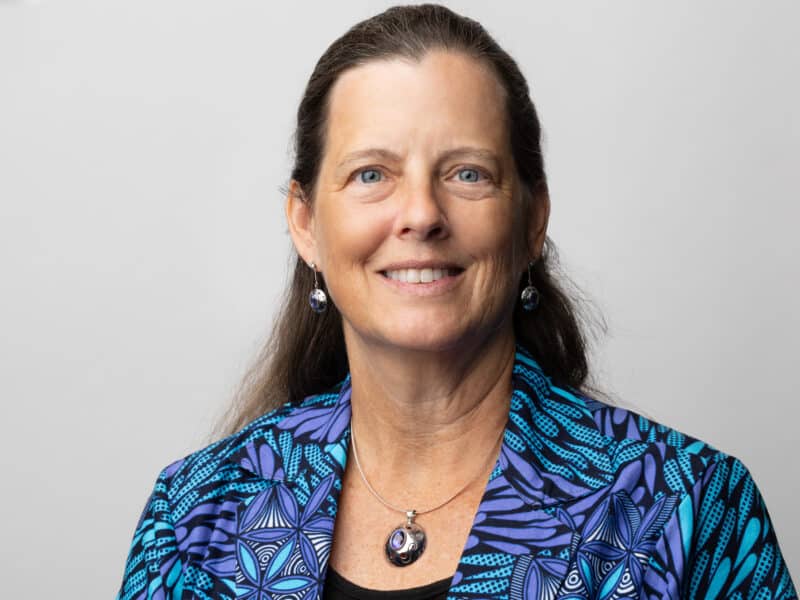With funding from UNICEF, the Johns Hopkins Center for Communication Programs is embarking on new research to better understand how social norms influence the harmful practices of child marriage and female genital mutilation (FGM) in Uganda.
Suruchi Sood, director of communication science at CCP, is leading a team of researchers who will evaluate existing programs to prevent child marriage and FGM, explore the relationships between the gender norms that drive each behavior, and create a better way to measure social norms, which can be hard to quantify, and track as they change over time.
Sood says she hopes that this knowledge will be used to design new and more effective interventions to significantly reduce child marriage and FGM, both where they are entrenched customs and where they are being newly adopted.
“We’re part of an academic institution, and we really want to further social and behavior change science,” Sood says. “This is a wonderful opportunity for CCP to find new ways to measure social norms and figure out what interventions could make a difference in changing these norms because we haven’t yet had much success in ending these practices.”
According to the Demographic and Health Survey (2016), the rates of child marriage in Uganda remain high: among 20 to 24-year-old women, 10 percent were married before the age of 15 and 40 percent were married by the age of 18.
Evidence has shown that girls under 18 are not ready – physically or mentally – to become wives and mothers. Child marriages increase the risk of early pregnancy, which can lead to complications during pregnancy and childbirth and maternal mortality. Girls and women who are married young are more likely to experience domestic violence; they often drop out of school and miss out on life skills to become economically productive adults.
Meanwhile, in Uganda, female genital mutilation is performed as a rite of passage in certain tribes for girls entering puberty. FGM has no health benefits and can cause women pain throughout their lives. In some communities it is the norm. But the practice is actually on the rise in other districts in Uganda, Sood says. (Overall, Uganda’s rate of FGM is under one percent). UNFPA estimates that, in 2024, nearly 4.4 million girls around the world – more than 12,000 a day – are at risk. The United Nations has called for the end to child marriage and FGM by 2030.
The new research comes at a time when interventions to halt the practice in Africa and Asia “have been very preachy, very sort of scolding, and very finger wagging. In this day and age, people want something else,” she says.
Parents in Uganda – like parents around the world – want the best for their daughters. So why do these practices persist, and why is it so hard to halt them? Sood hopes the study can give researchers answers to some of those questions and open new avenues for interventions to end the practices.
“What makes Uganda interesting and fascinating is that, instead of FGM dying down in the communities where it’s practiced, people are noticing that other ethnicities are actually now starting to adopt the practice, which is the opposite direction of where everyone wants to go,” she says. “And that makes Uganda a unique case study, right? We often see FGM as a practice that has been part of a culture, heritage, tradition, or religion for a long time, but in Uganda, we see new generations starting the practice for the first time in 2024.”
“That’s why I jumped at the opportunity of studying Uganda, because some of my other projects have been in countries such as Guinea, for example, where the prevalence of FGM is 96 percent. Everybody’s practicing it; everybody’s always practiced it. And, so, it’s a really hard thing to come in and try to change something so entrenched. In Uganda, there’s an opportunity to keep it from spreading to new communities, but only if we act now.”





